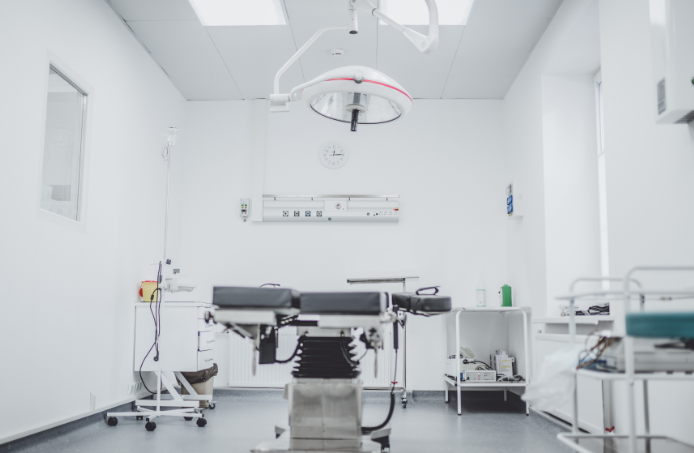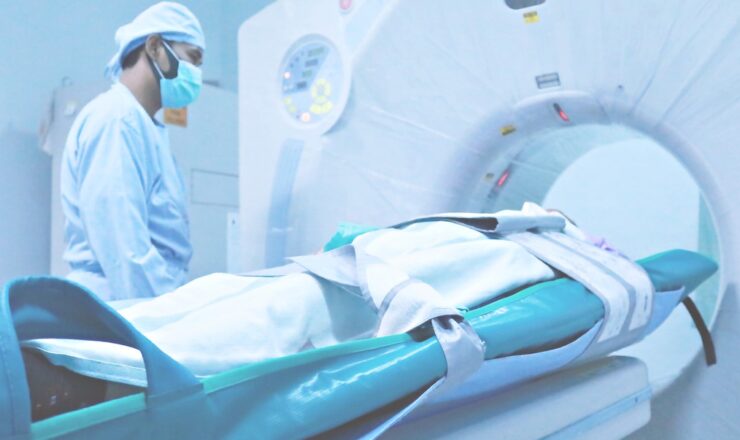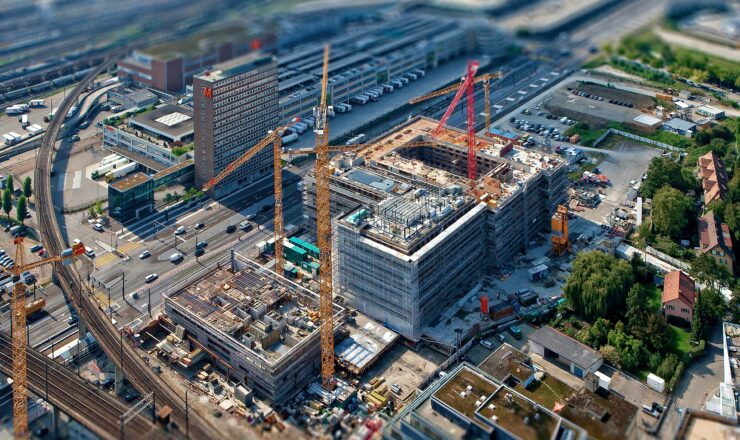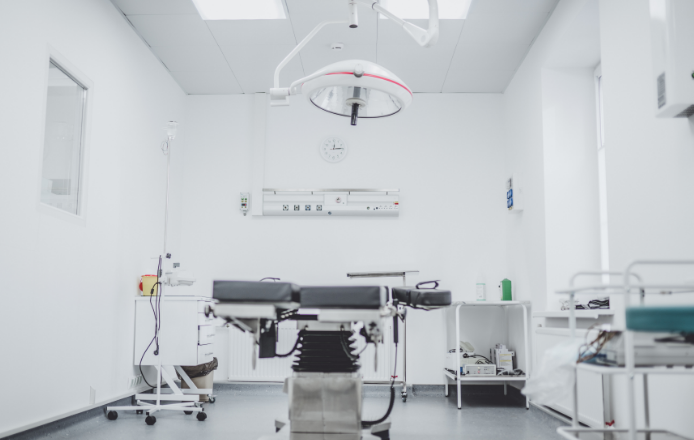
Problem to be solved
There are thousands of types of medical equipment used in hospitals.
“Medical equipment” includes not only commonly imagined X-ray machines, CT, and MRI, but also surgical scissors and scalpels, pacemakers, artificial joints, and more, with large hospitals having over 1,000 types.
Currently, medical equipment is used in many areas, from examination rooms and laboratories to operating rooms and intensive care units.
With technological advances, less invasive equipment is being developed, and spaces and medical information systems are increasingly being designed to support such medical practices.
While AI, IoT, and robotics technologies are expected to advance, the procurement and maintenance of these latest medical devices now require more capabilities than before.
When updating, thoroughly investigate the current medical equipment to determine the scope of new procurement.
In large hospital reconstructions, start by thoroughly investigating the current medical equipment before considering procurement and determining the scope of new purchases.
To proceed in line with the hospital’s future vision and functions, consider decision-making routes and budget frameworks from this stage.
While small hospitals and clinics also require investigation, large hospitals’ medical equipment has a stronger marketing effect to attract patients.
We support effective decision-making for future considerations, including proposals from such perspectives.
When designing hospitals, it is important to reflect the layout of large medical equipment in the drawings from the beginning.
This is because it affects the building structure, especially for large medical equipment like CT and MRI, where careful planning of the delivery and removal routes at this stage is crucial to avoid accidents during construction or updates.
Recently, it has become a trend to use 3D and VR to make it easier for hospital staff to visualize and confirm the usability of rooms after installing medical equipment.
Ensure an environment where hospital staff can focus on continuing medical care during equipment delivery.
During the construction phase, the actual procurement of medical equipment will proceed.
In recent years, even large private hospitals have generally decided through bidding, but small and medium-sized private hospitals may settle through negotiations.
Gather various materials from medical equipment manufacturers and dealers, and select based on price and performance.
Before the new hospital opens, complete the delivery of all medical equipment and the transfer of existing equipment.
During this period, many suppliers will enter and exit the facility, so it is important to thoroughly enforce rules, schedules, and application methods for delivery by suppliers to prevent troubles with hospital staff and patients.
Adopt medical equipment systematically while obtaining the latest information.
In hospital reconstruction, investment in medical equipment is the second largest after construction.
The development of technology for medical equipment is progressing rapidly and diversifying.
For future procurement and renewal plans of medical equipment, please utilize ITEC’s consultants who are familiar with the latest cases and market trends.
Use case
-740x440.jpg)
Aiming to Strengthen Early Diagnosis and Treatment of Cancer in Developing Countries (Grant Aid Projects)
READ MORE
Aiming to Eliminate Regional Disparities in Medical Services (Loan Aid Projects)
READ MORE
Aiming to Realize Japanese-style Health Check-up Services Overseas
READ MORE
Comprehensive Support for Medical Equipment Procurement
READ MOREContact
Service

Advisory Services
READ MORE
Hospital Project PM/CM
READ MORE
ODA projects
READ MORE
Entering Healthcare Business (Overseas)
READ MORE
Hospital Reconstruction/New Construction
READ MORE
Procurement, Renewal, and Management of Medical Equipment
READ MORE
the Implementation of Medical Information Systems (ICT)
READ MORE
Revenue Improvement
READ MORE
Accreditation of Hospital Functionality
READ MORE
Mid-term planning
READ MORE
Surveys and Analyses
READ MORE
